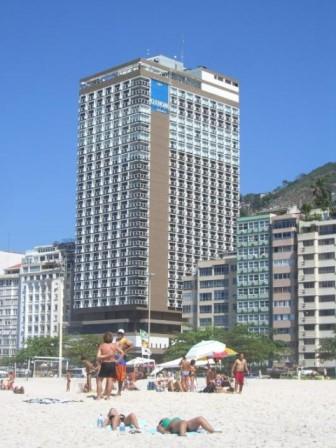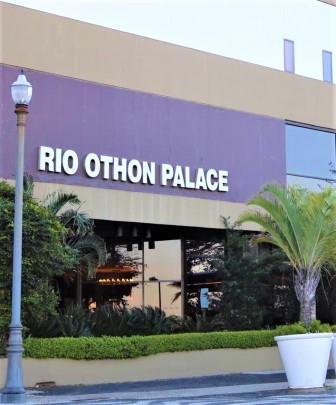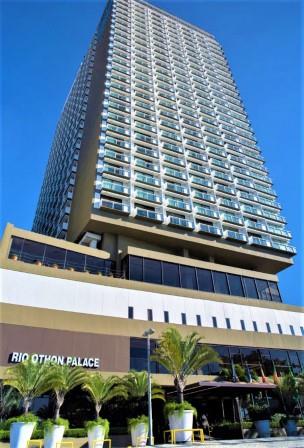ORALS
SESSION: ManufacturingWedPM1-R1
Non-Ferrous Advanced Materials from Macro- to Nanoscale - II | Mamalis International Symposium on Advanced Manufacturing of Advanced Materials and Structures with Sustainable Industrial Applications |
| Wed Nov, 7 2018 / Room: Mar Azul (50/1st) | |
| Session Chairs: Tahir Cagin; Session Monitor: TBA |
14:00: [ManufacturingWedPM105]
Nanaocomposites Based on Graphene/Polymer for 3D Printers Natia
Jalagonia1 ; Nino
Darakhvelidze
2 ; Avtandil
Sichinava
2 ; Ekaterine
Sanaia
2 ; Marcello
Casa
3 ; Leila
Kalatozishvili
2 ;
1Ilia Vekua Sokhumi Institute of Physics and Technology, Tbilisi, Georgia;
2Ilia Vekua Sukhumi Institute of Physics and Technology, Tbilisi, Georgia;
3, Salerno, Italy;
Paper Id: 342
[Abstract] Three-dimensional (3D) printing is often considered synonymous with additive manufacturing. Several types of 3D printer are known where polymers are usually used. Stereolithography (SLA) employs a single beam laser to polymerize or crosslink a photopolymer resin. By drawing on the liquid photopolymer resin with a light beam, thin layers of polymer are stacked layer by layer. Elastomer based on polydimethysiloxanes (PDMS) are an important class of materials, because of properties such as chemical inertness, flexibility, and optical transparence. In addition, they have a very low surface tension (20.4 mN/m) and glass transition temperatures (146 K). it is possible to print a support material that holds the PDMS prepolymer in place until it can be cured by UV light using a photoactive cross-linking agent. It is possible to graft photoactive group on PDMS backbone and obtain a new UV curable polymer [1,2].
The aim of the presented work is to obtain photopolymers based on PDMS [3]. For this purpose, we have conducted a hydrosilylation reaction of polymethylhydrosiloxane (PMHS) with allyl acrylate and vinyltriethoxysilane in the presence of Karstedta's catalyst in Toluene. The obtained polymer is liquid, which is well soluble in organic solvents with specific viscosity ηsp = 0.4. The end of reaction was tested by FTIR, where peak at 1260 cm-1 disappears, which belongs to Si-H bonds. After this the polymer is distilled in vacuum, about 1% of a cross-linking agent was added and curried by UV during 1 h.
References:
[1] J. T. Sheridan, Photopolymers Materials (Light Sensitive Organic Materials): Characterization and Application to 3D Optical Fabrication and Data Storage. [Online] Available at: http://www.ucd.ie/t4cms/Photopolymers%20Materials_%20Characterization%20and %20Application%20to%203D%20Optical%20Fabrication%20and%20Data%20Stora ge.pdf. [Accessed: 07.10.2013].
[2] B. Thavornyutikarn, R. Nonthabenjawan, P. Ngamdee, W. Janvikul. Synthesis, Characterization and Crosslinking of Dual-Curable Siloxane Copolymers. Journal of Metals, Materials and Minerals. 18, 2, 213-218, 2008.
[3] N. Jalagonia, I. Esartia, T. Tatrishvili, E. Markarashvili, J. Aneli, O. Mukbaniani. Siloxane matrix with methylpropionate side groups and polymer electrolyter membranes on their basis. Oxid. Commun., 39, 2, 1282-1292, 2016;



















